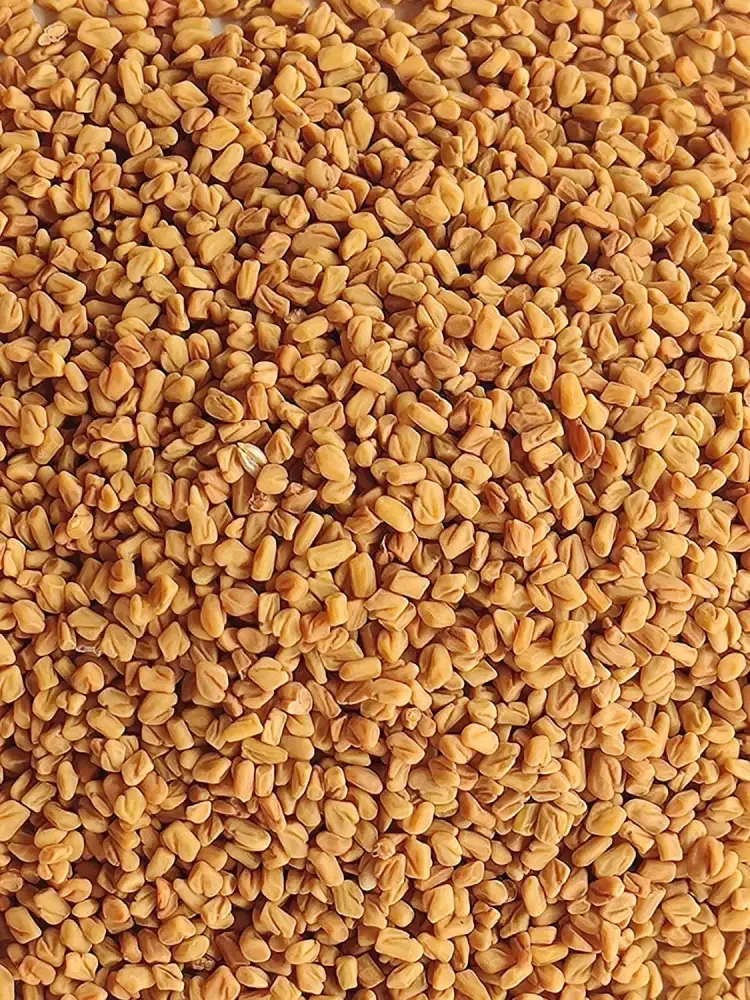| Specifications |
Details |
| Scientific Name |
Trigonella foenum-graecum |
| Family |
Leguminosae |
| Color |
Yellow-brown |
| Flavor |
Bitter, Nutty |
| Uses |
Culinary, Medicinal |
| Origin |
South Asia |
| Harvest Season |
Autumn |
| Storage |
Cool, dry place |
Fenugreek seeds, scientifically known as Trigonella foenum-graecum, are small, golden-brown seeds derived from the fenugreek plant, which is native to the Mediterranean region, Southern Europe, and Western Asia.
These seeds have been used for culinary and medicinal purposes for centuries, and they have a distinct flavor profile with both bitter and sweet notes. Fenugreek seeds are small, about 5-7 mm in length, and typically have a yellowish-brown to golden-brown color.
They are roughly rectangular in shape and have a smooth surface. Fenugreek seeds have a unique flavor that is often described as slightly bitter, nutty, and reminiscent of maple.
When the seeds are toasted or roasted, they develop a more aromatic and complex flavor. Fenugreek seeds are rich in nutrients and have been traditionally used for their potential health benefits. They contain fiber, protein, vitamins (such as B vitamins), and minerals (including iron, magnesium, and manganese).
Fenugreek is also known for its potential to support digestive health and regulate blood sugar levels. In addition to culinary applications, fenugreek seeds have been used in traditional medicine for various purposes. They are believed to have anti-inflammatory, antioxidant, and anti-diabetic properties.




